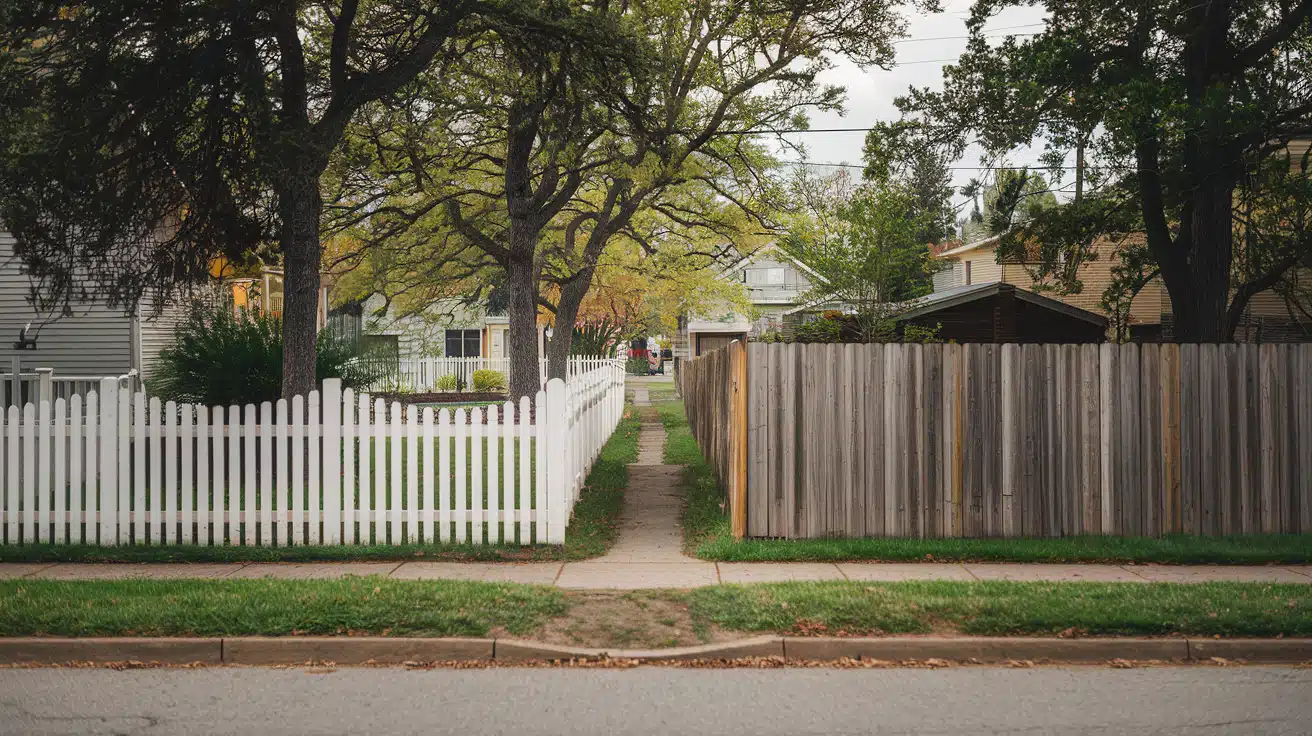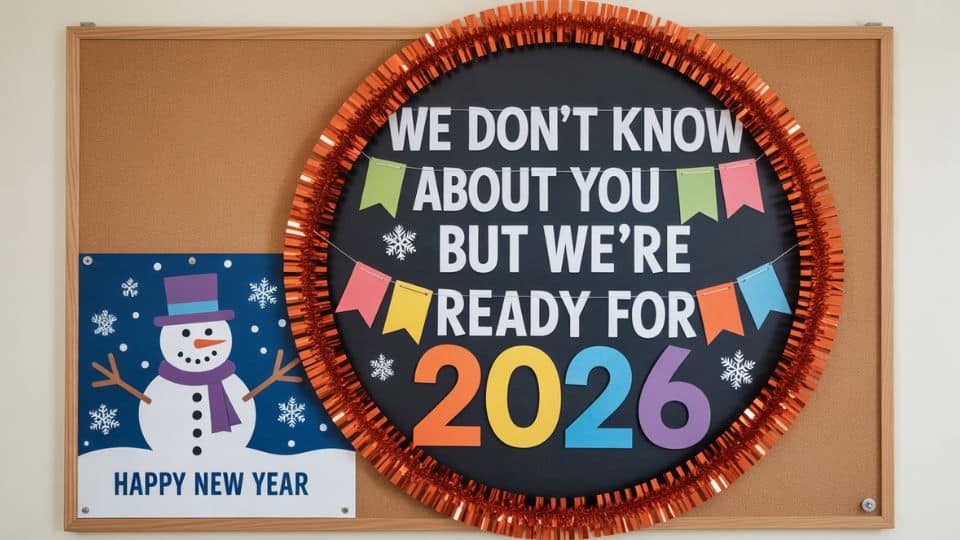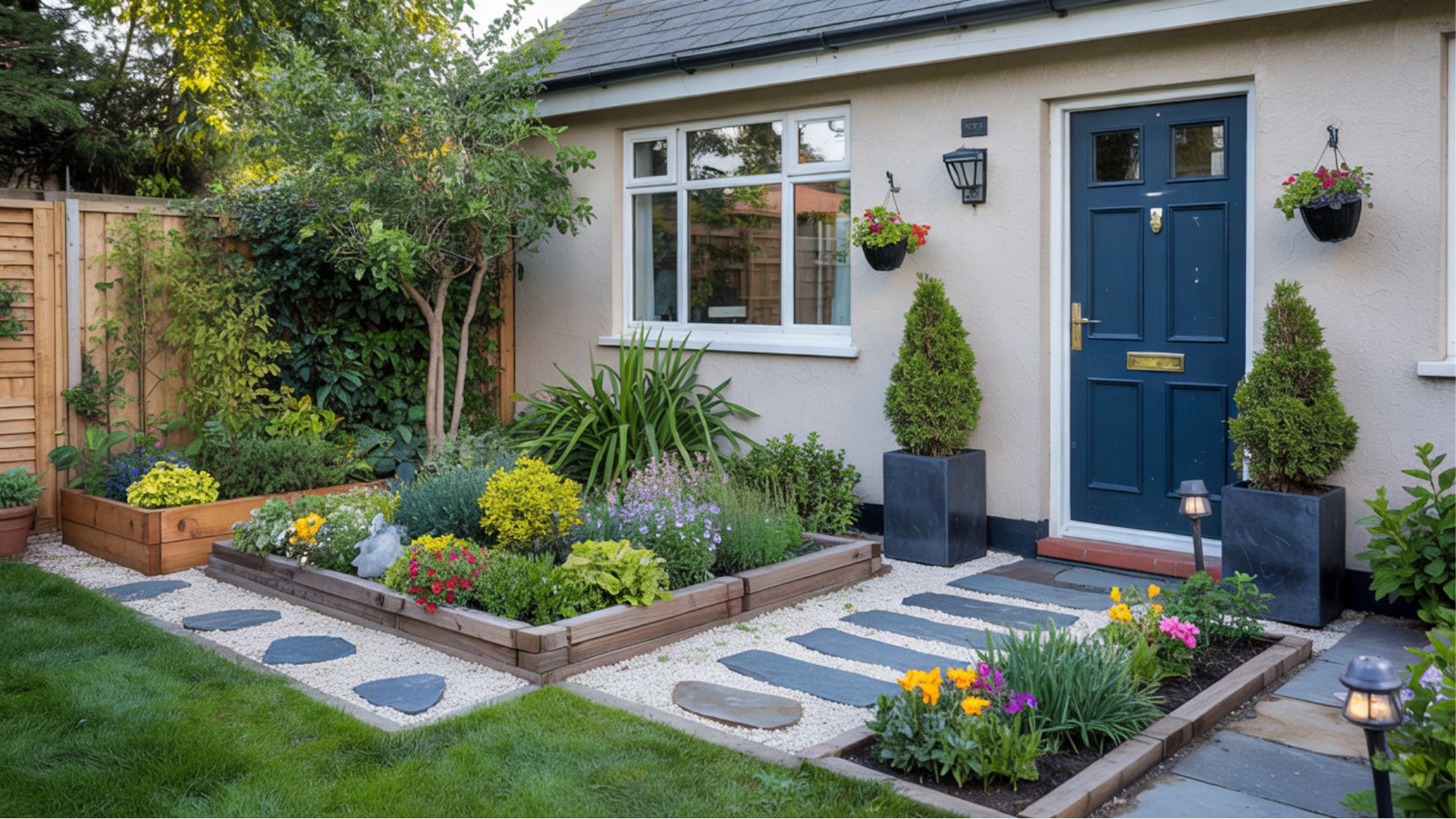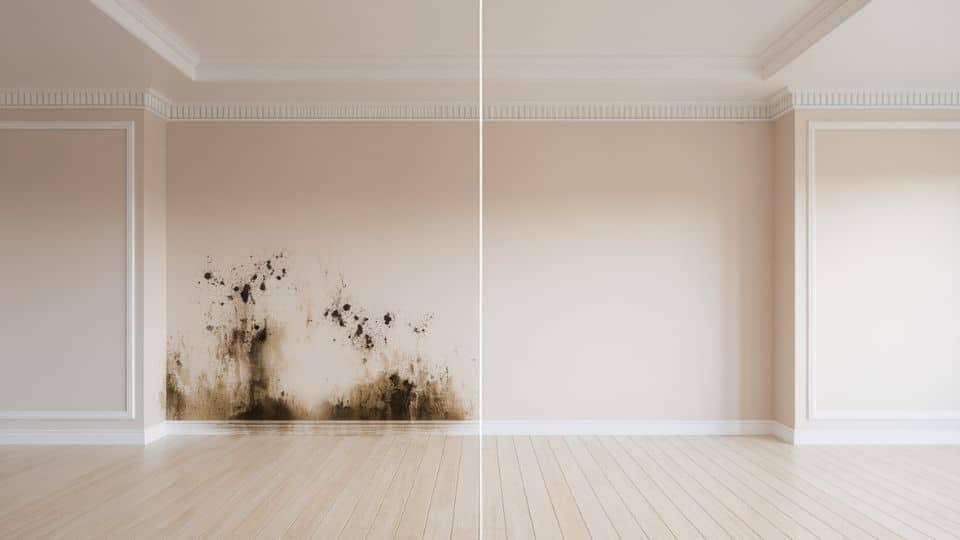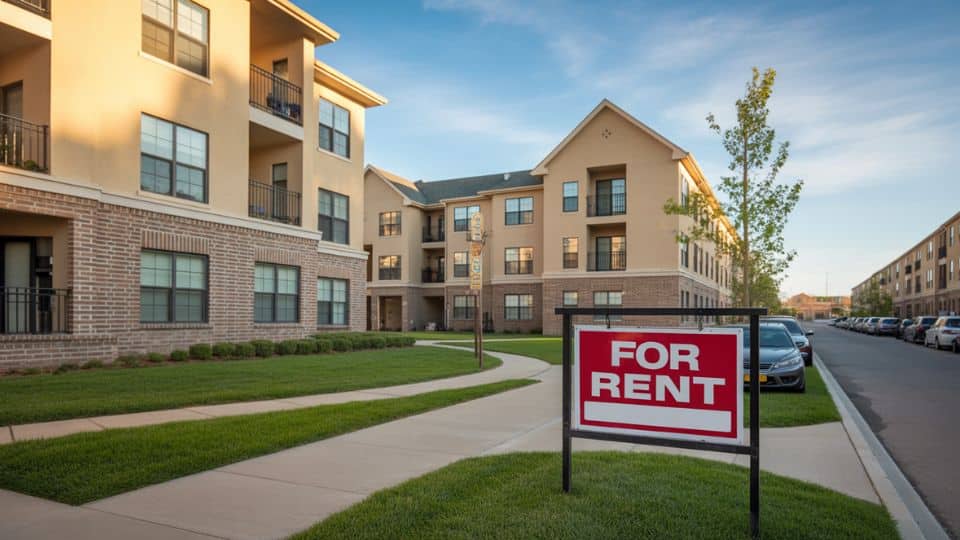I bet you’ve stood in your garden staring at a fence, wondering if it’s actually yours to fix or replace.
Here’s something that might surprise you: the “left fence belongs to you” rule everyone talks about? It’s completely false. I’ve seen neighbors spend hundreds fixing the wrong fence because of this myth.
What if I told you there’s a simple way to find out which fence is actually yours?
No more guessing, no more awkward conversations with neighbors, and definitely no more wasted money on someone else’s property.
I’m going to show you exactly how to determine fence ownership using legal documents, visual clues, and practical tips that actually work. Let’s clear up this confusion once and for all.
How Property Deeds Reveal Fence Ownership?
Property deeds offer a clear insight into fence ownership. A quick review can provide details about the boundaries and which fences belong to whom.
Your property deed acts like a map for your home. It shows where your land starts and ends. More importantly, it can tell you who owns the fences around your property.
Think of your deed as your property’s birth certificate. It contains vital information about boundaries, rights, and responsibilities. When fence disputes arise, this document becomes your most valuable resource.
What to Look for in the Property Deed?
Your property deed contains several key sections that reveal fence ownership.
1. Boundary descriptions – These show the exact lines where your property meets your neighbor’s land. Look for phrases like “along the existing fence line” or “marked by timber fencing.”
2. Plan or map references – Most deeds include a small map or reference to a larger survey map. These visual guides often show fence locations with different symbols or markings.
3. Rights and Restrictions – This section outlines the responsibilities of each party. You might see terms like “party fence” (shared responsibility) or “boundary fence” (belongs to one owner).
4. Measurements and markers – Deeds list distances between points and physical markers. Fences often serve as these markers, helping define your property’s shape.
5. Previous Agreements – Your deed may reference older agreements regarding fence maintenance or shared costs between neighbors.
How to Identify Fence Ownership Through Construction?
Sometimes, simply examining the fence construction can provide insight into ownership. Often, the “good side” of the fence faces the owner’s property.
Examining your fence can provide helpful clues about who owns it. While these clues aren’t legal proof, they point you in the right direction.
1. How Post Positions Can Indicate Ownership
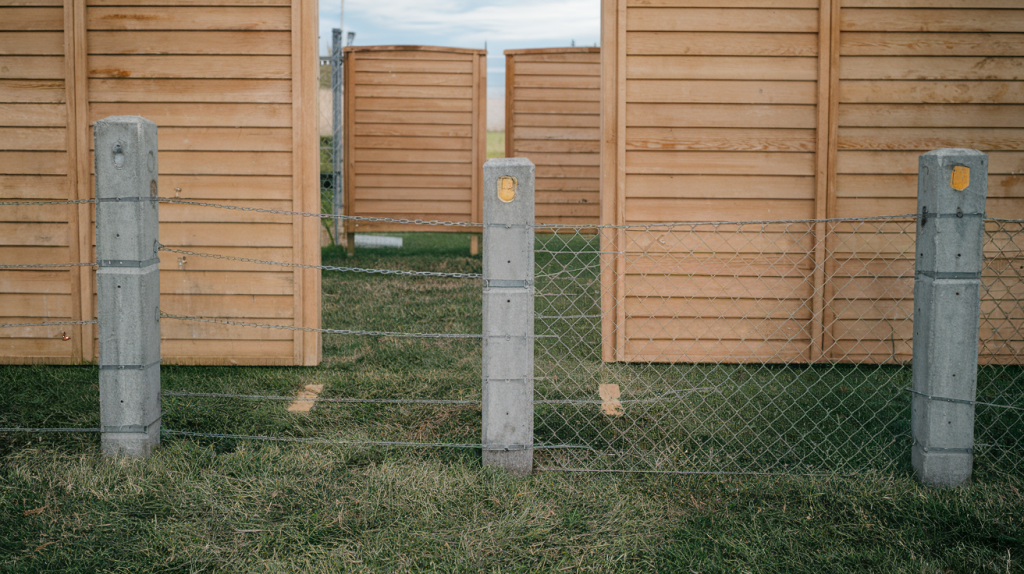
Fence posts give another ownership clue.
What to look for
- Posts usually sit on the owner’s side of the boundary
- Panels attach to posts from the owner’s property
- Look for concrete footings and mounting hardware
Chain link fences work differently: Posts may sit on the neighbor’s side while the mesh attaches from the owner’s side.
2. What It Means When a Specific Party Builds a Fence

Who built the fence matters, but doesn’t always determine ownership.
- Developers often install fences during home construction
- Neighbors who pay for installation usually own the fence
- Shared projects between neighbors often create joint ownership
- Replacement fences typically follow the same ownership pattern
Always verify property documents to ensure accuracy.
3. Fence Designs That Reflect Ownership
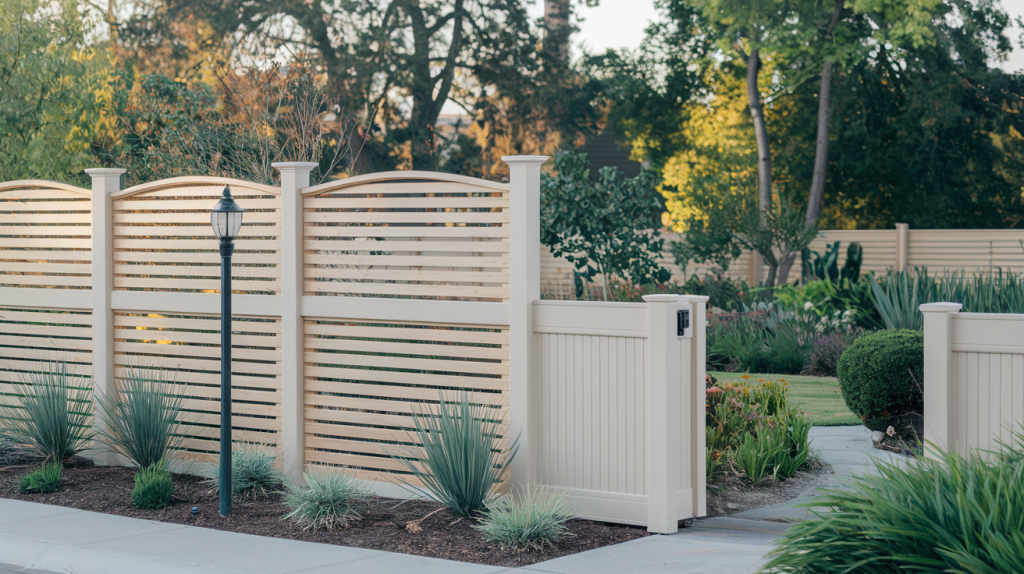
Different fence types provide other clues.
Privacy fences: Tall wooden panels with clear good and bad sides. Owners typically face the good side toward neighbors.
Picket fences: Decorative fences are typically positioned so that their attractive side faces the street, maximizing curb appeal.
Chain link fences: Focus on function over looks. Ownership clues vary more with these fences.
Double-sided fences: Look good on both sides. These often indicate shared ownership between neighbors.
How Neighbors Can Help Determine Fence Ownership?

One of the simplest ways to determine who owns which fence is by speaking with your neighbors. This can often save time and prevent misunderstandings.
Picture this: You’re staring at a wobbly fence, wondering if it’s yours to fix. Before diving into paperwork or hiring experts, try the most obvious solution. Walk next door and have a chat.
Your neighbors might know exactly what you’re trying to figure out. They could save you hours of research with a simple conversation.
1. Skip the Detective Work & Ask
Here’s the thing about boundaries: Someone usually knows the answer already.
Maybe your neighbor installed that fence five years ago. Perhaps the previous owner mentioned it during their moving sale. Or their kids have been climbing over it for years, and they know exactly whose responsibility it is.
The magic happens when you talk instead of guess.
Most fence mysteries get solved in under five minutes of friendly conversation. Compare that to days of digging through property documents or waiting for official responses.
Why neighbors make the best fence experts
- They’ve lived with these boundaries longer than you
- They remember who fixed what and when
- They know the neighborhood history you’re missing
- They might have the same questions you do
2. The Art of the Friendly Fence Chat
Start with coffee, not confrontation.
Nobody wants their Saturday morning interrupted by a neighbor demanding answers about property lines. Instead, make it casual and collaborative.
Try these conversation starters:
- “Hey, I’m trying to figure out our boundary situation – do you happen to know anything about this fence?”
- “The storm damaged our fence, and I want to make sure I’m fixing the right one!”
- “I’m planning some garden work and want to be respectful of boundaries – can you help me understand who owns what?”
Keep it light and curious, not accusatory.
The golden rule: Approach like you’re asking for help, not making demands.
Body language matters too:
- Smile and stay relaxed
- Keep your hands visible (not crossed or in pockets)
- Stand at a comfortable distance
- Make eye contact, but don’t stare
Hire a Professional Surveyor Expert for Clarity
A professional surveyor uses specialized tools and expertise to precisely measure property boundaries, ensuring clarity when you’re unsure about fence ownership.
This can be particularly helpful when your property deeds and neighbor discussions don’t provide a definitive answer.
| Surveyor Task | Description |
|---|---|
| Check Official Land Registry Records | Surveyors start by reviewing land registry records to understand the historical property boundaries. |
| Use GPS and Laser Equipment for Measurements | Using advanced equipment, such as GPS and laser tools, surveyors take precise measurements of your property. |
| Look for Buried Boundary Markers or Pins | Surveyors will search for boundary markers or pins that could have been placed by previous land surveys. |
| Compare Physical Boundaries to Legal Descriptions | Physical boundaries (fences, walls, etc.) are compared to the legal descriptions in your property deed. |
| Create Detailed Maps Showing Property Lines | Surveyors create maps and charts to clearly illustrate the true property lines, resolving any confusion. |
Hiring a professional surveyor can provide a clear, legal determination of where your property ends and your neighbor’s begins, ensuring there is no ambiguity about fence ownership.
This expert approach eliminates the guesswork and provides you with the necessary facts for any boundary disputes.
Wrapping It Up
Now you know the truth about fence ownership – it’s not about left or right sides, but about checking the right documents and asking the right questions. I’ve shown you how to read property deeds, spot construction clues, talk to neighbors, and when to call in professional help.
Why does this matter? Knowing which fence is yours saves you money, prevents neighbor disputes, and protects your property investment no more expensive mistakes based on myths.
So what’s your next step? Grab your property deeds today and look for those T-marks I mentioned. If you can’t find clear answers, consider having a friendly chat with your neighbor or hiring a surveyor. Your future self will thank you when fence issues arise.
Have you learned something surprising about owning a fence? Share your story in the comments below.
Frequently Asked Questions
Which Side of The Fence Faces the Owner?
There’s no rule about which side faces the owner. Traditionally, owners give neighbors the “good side,” but this isn’t legally required or always followed.
Who Marks Property Lines for a Fence?
Professional land surveyors mark property lines to establish the boundaries for fences and other structures. They use GPS equipment to locate buried markers and determine the exact boundaries before installing the fence.
How Do Fence Companies Know Property Lines?
Fence companies ask homeowners to provide property surveys or hire surveyors themselves. They don’t determine boundaries; they rely on official property documents and surveys.
